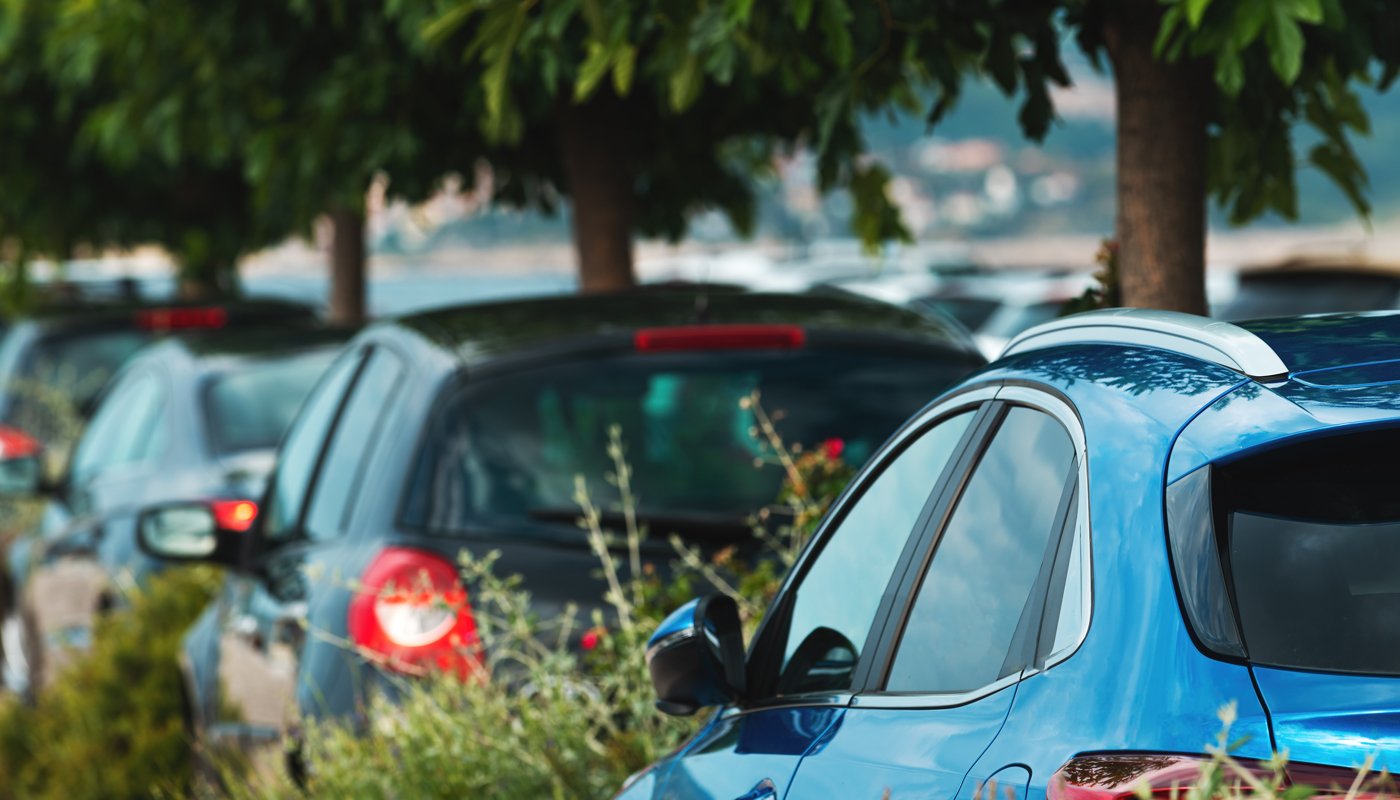How to Increase Gas Mileage: 11 Tips to Maximize Fuel Economy
Discover ways to increase your vehicle’s gas mileage with these tips.
Few things are more frustrating than starting your car and realizing you need to stop for gas before work or running errands. With high gas prices becoming the new norm, you might be wondering how you can stretch every tank and cut down on trips to the pump. Here are several tips you can boost your gas mileage and reduce the frequency of those pesky pit stops.
 Getty
Getty
1. Lighten Your Load
The heavier your vehicle, the more fuel it takes to move it. To improve your fuel economy, only travel with the necessities. According to Investopedia, every 100 pounds reduces fuel efficiency by 1%, which equates to an extra $0.04 per gallon. Additionally, the presence of cargo and bike racks both add weight and create drag, which could cause a 25% decrease in fuel efficiency on the interstate according to Fixdapp.com.
2. Maintain Your Tires
Tire pressure, alignment and overall condition have a direct impact on gas mileage. To achieve maximum efficiency, ensure that your tires are filled to the appropriate levels specified in your vehicle’s owner’s manual. Misaligned tires wear out faster and can reduce fuel efficiency by 10%. Signs of wear include cracking, bubbles, balding and chipping, all of which affect your tires’ ability to start, roll and stop efficiently. If your tires are showing signs of wear, consider upgrading to fuel-saving tires designed to reduce road friction and enhance fuel economy.
3. Change Air Filters and Spark Plugs
Air filters play a pivotal role in preventing bugs, dirt and other contaminates from entering your engine. A dirty air filter could significantly reduce your fuel economy. To ensure that your vehicle runs efficiently, it is a good practice to replace your air filter at every oil change. Additionally, regularly inspecting and replacing spark plugs ensures efficient combustion which will enhance fuel efficiency.
 Getty
Getty
4. Avoid Idling
Idling is a great way to drain your gas tank. Engines consume a quarter to half a gallon for every hour that a vehicle idles. If you are stopped for more than a single cycle at a traffic light, consider turning off your engine. The fuel it takes to restart your vehicle is far less than the fuel lost from idling. In fact, many new vehicles are equipped with a start/stop feature to minimize fuel loss during lengthy idle times.
5. Accelerate Slowly and Decelerate Gradually
Rapid acceleration and hard braking can reduce your fuel economy by up to 40%. Instead, try giving yourself five seconds to get up to 15 mph when starting from a complete stop. When braking, do so gradually to conserve the fuel used to get your car up to speed. Hard braking wastes fuel.
6. Slow Down
When you are on the road, it is tempting to match the flow of traffic. However, if you want to reduce your trips to the pump, slowing down is the key. Your fuel economy typically declines once you exceed 50 mph. Reducing your highway speed by 10-15 mph will make every tank last a little bit longer.
7. Use Cruise Control
The cruise control feature is a great way to improve fuel economy while on the interstate. When it is engaged, it helps to maintain a consistent speed while reducing the natural fluctuations that occur when manually controlling the gas and brakes.
8. Use Top Tier fuel
Top Tier fuel does not necessarily mean buying “premium” at the pump. Top Tier is a specific performance fuel created and regulated by top automotive and equipment manufacturers. This fuel is infused with a detergent additive to protect your engine from the formation of carbon deposits. Look for the TOP TIER logo on the pump if your goal is to use this high-quality fuel in your vehicle.
 Adobe
Adobe
9. Park in the Shade
When possible, park in a shaded area and use a windshield sun screen to keep your vehicle’s interior cool. By keeping your vehicle interior cooler, your A/C will not have to work as hard when you hit the road again. The reduced pressure on your climate control system will consume less fuel as a result.
10. Upgrade Your Vehicle
You don’t need to drive an electric vehicle to improve your fuel economy. Many modern internal combustion vehicles come equipped with advanced features designed to improve your overall fuel performance. Innovations like cylinder deactivation, which turns off multiple cylinders while cruising or coasting, and smaller turbo-charged engines, which use forced air to boost horsepower, are just two examples of the modern advancements that have been implemented in some internal combustion vehicles. When shopping for a car, it is important to research and compare technologies so that you can find the vehicle that offers the best fuel performance.
 iStock
iStock
11. Do Not Trust Displays
While most modern vehicles are equipped with electronic displays that show fuel performance, and estimated miles-to-empty, these readouts are not always accurate. Relying on them for a true miles-to-empty reading could leave you stranded on the side of the road. A recent study by AAA and the Automotive Research Center (ARC) found that the accuracy of these displays varies based on driving habits and trip conditions. To avoid running out of gas, it is best to use these displays as a guideline rather than a precise measurement.
While each of these steps offers subtle savings on its own, the greatest benefit comes from implementing them all together. By combining these practices, you will maximize your fuel economy and spend less time at the pump. It might be challenging, but the rewards will be worth it!
